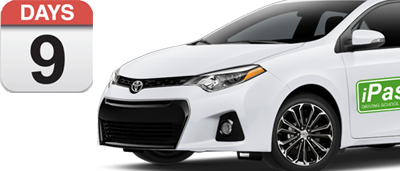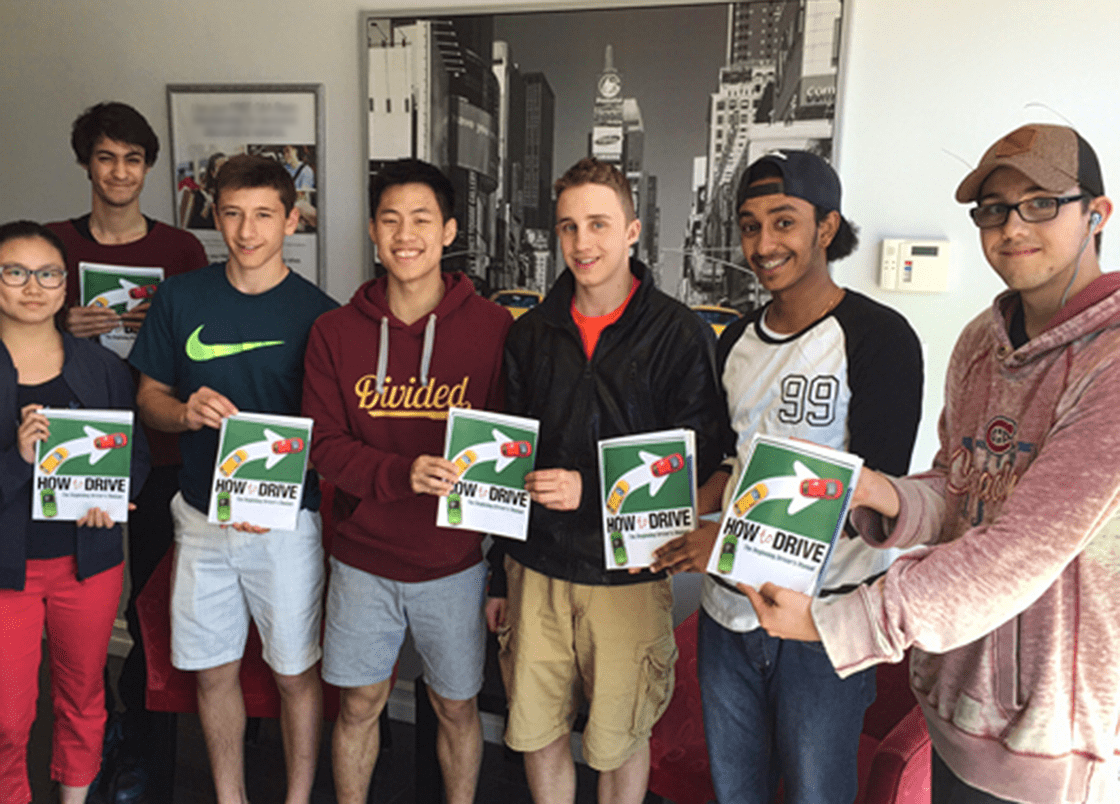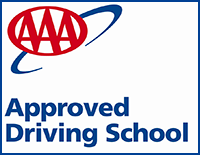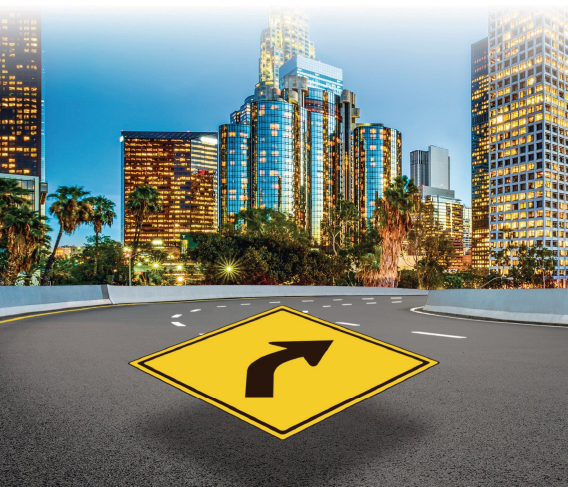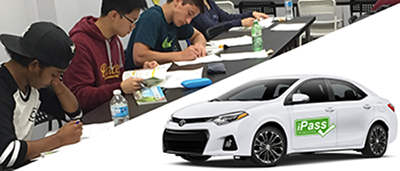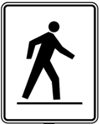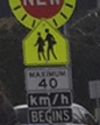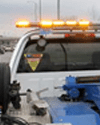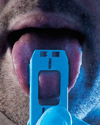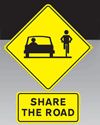The three should always be used together when you signal. It’s like ordering Chinese food, you need to do this as a combo. But it’s MSB, not MSG. You need to do MSB every time before you pull out, pull over, three-point turns, every turn, hill parking, parallel parking, and virtually every time before you turn the steering wheel. The mirror I refer to here is the rear mirror and forget about the side mirror if you find checking them too demanding.
2. Scan M-L-R-L-M. At every intersection, whether it is controlled or not, whether you have the green or
red, whether you have the stop sign or not, you need to first check the rear mirror, scan left-right-left, BEFORE you enter the
intersection. Check the mirror again after you finish crossing. This is called "aggressive visual search."
3. Do not straddle the lanes. Visually align your right shoulder with the centre of the lane and you will be right on.
4. Look backward if you are reversing. Do not rely on the mirror, look directly backward when you are backing up in three-point-turns or parallel parking.
5. Fresh or stale green? Observe the pedestrian walk signal at traffic lights. If its “Walk”, it is considered to be a fresh green and you can just proceed with your L-R-L scan. But if its flashing red or red, it is considered to be a stale green, you need to have your foot covering the brake until you are at the point of no return, commonly known as the stop line.
6. Speed. Drive to the posted speed limit or traffic conditions, whichever is lower. Driving too slow will definitely fail you.
7. Legal stopping positions. Stop fully at least once at the legal stopping position. At a stop sign, this does not necessarily mean at the stop sign. If there is a line, stop behind the line; in the absence of the line, behind the inner edge of the side walk; and if there is no side walk, at the edge of the road.
8. Left turns at traffic lights. One car only in the waiting area of a left turn on a regular green light. Car No. 2 will have to wait behind the line until Car No. 1 is clear.
9. Park brake. Use the hand brake or emergency brake at hill parking, parallel parking, road side stops, and at the end of the road test. You dad may tell you he never used it and it may cease. Well, have it fixed before taking your car to the road test.
10. Do not hit or climb the curb when parallel parking. I purposely put this as No. 10 as parking is not the most important thing at the road test. Otherwise, it would have been called the parking test. ...Collapse
